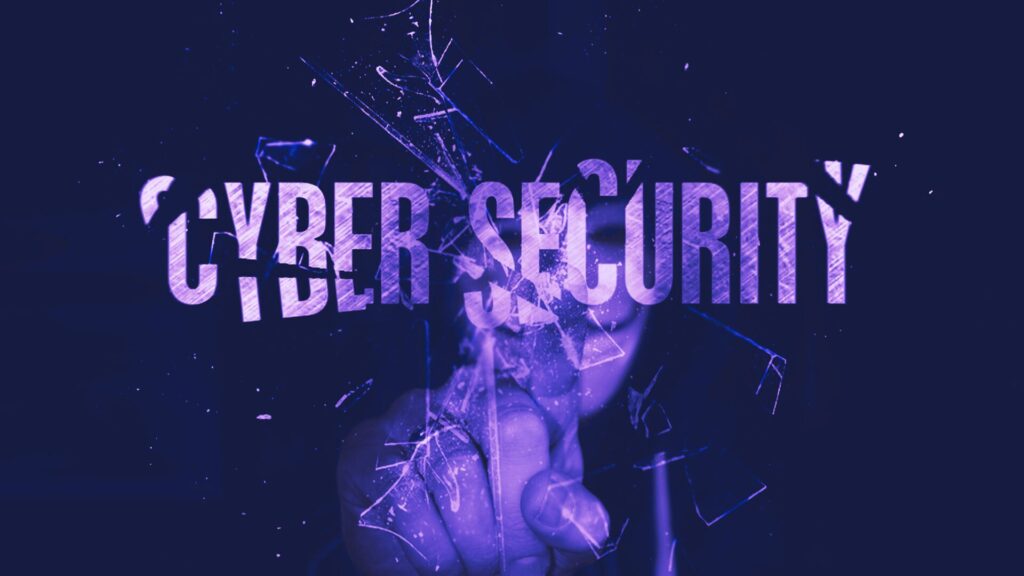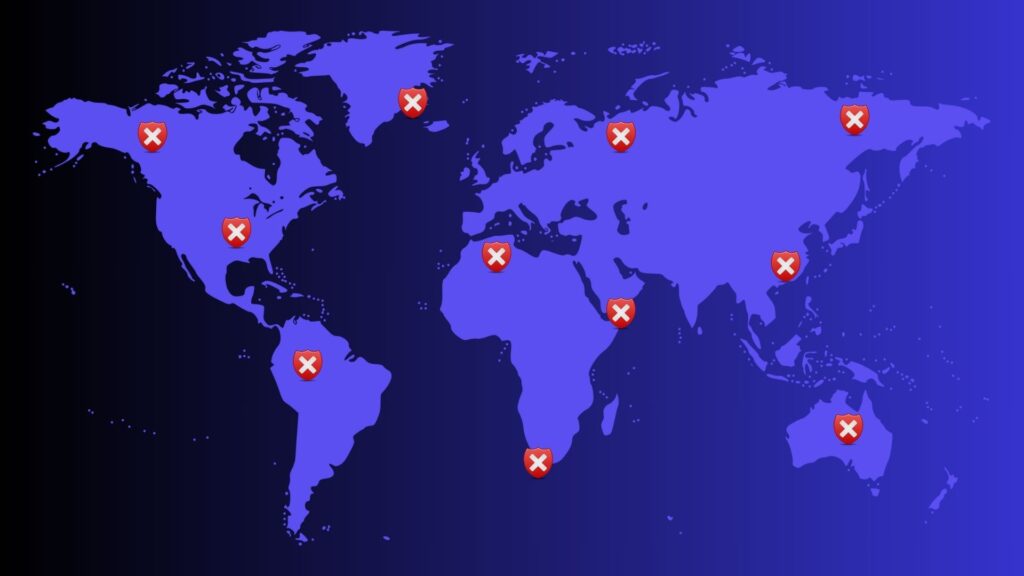What if you owned a company and invested millions into the latest cybersecurity tech? Firewalls, multifactor authentication, encryption – the full suite. You would probably think that everything is fine and that no-one could get access to your company assets. But what if the threat is already inside your company? How would you know if you have an insider threat?
What is an insider threat?
An insider threat is an individual with legitimate access to a company’s resources, such as data, systems, or facilities, using their access in an inappropriate manner. Think about an employee working in the Finance department who has access to various accounts and payment methods, using their access to make payments to an unauthorized account.
Unlike external threats, insider threats are unique because they leverage trusted positions to bypass traditional security measures, and often without being noticed. Insider threats can be employees, contractors, vendors, partners, basically anyone with privileged access to perform sensitive tasks.
Types of insider threats
Insider threats can fall into one of the following categories:
- Malicious insiders. These are employees who will intentionally perform a malicious activity and compromise data or systems. They will do it either to benefit themselves, as a form of revenge, or because they believe they need to do it for ideological reasons. A common example is a disgruntled employee who deletes critical system data.
- Negligent insiders. These are employees who unknowingly perform a malicious activity due to negligence. This could be as simple as clicking a phishing link or sharing sensitive information with people that should not have access to it.
- Third-party insiders. This will include any vendors who have access and inadvertently expose vulnerabilities. For example, they could have devices that do not meet security requirements or expose data to another client.
Why are insider threats on the rise?
There have been so many changes in recent years, such as remote working and the increase in cloud storage usage. As a result, more people have access to sensitive information from outside of the traditional office building. This can sometimes create blind spots where insiders can operate. Something as simple as an employee allowing a family member or friend to use their work laptop unattended could inadvertently result in a breach.
One of the most notable insider threat examples was the former NSA contractor, Edward Snowden. In 2013, he famously leaked classified information which caused mass government surveillance.
Strategies to prevent insider threats
Here is a list of five strategies that can assist with preventing insider threats:
1. Employee awareness training
Employees should be trained on cybersecurity including identifying phishing attempts, social engineering tactics, and how to handle data securely. If you ensure that employees understand the basics, your first line of defense is prepared for any potential threats.
2. Principle of least privilege
When it comes to access or privileges, employees should only have the access they need to perform their job function. Nothing more, nothing less. If you adopt this principle, even if an employee’s credentials are compromised, the attacker will have limited access to data or systems thereby reducing the damage of the attack.
3. Network monitoring
Monitoring a network is a terrific way to detect any suspicious or unusual activity. For example, network monitoring can detect large transfers of data, or someone accessing restricted information outside of standard office hours. You can use AI technology to enhance the monitoring to detect any incidents faster.
4. Risk assessments
The regular evaluation of the company’s vulnerabilities is important because it can ensure that any high security threats are resolved as soon as possible. When you conduct a risk assessment, you can identify weaknesses and address them accordingly.
5. Work culture
A happy employee is less likely to look for ways to sabotage the company. You should focus on creating an open and supportive company culture to prevent any dissatisfaction growing and becoming something malicious further down the line.
Don’t ignore the inside
We are often so focused on the external cyberattacks that we neglect what may be happening right in front of us. Insiders are in the position of causing far more damage in less time than an external hacker. Hopefully, you found these strategies useful and are ready to play your part in reducing the risk of insider threats. Be secure!



